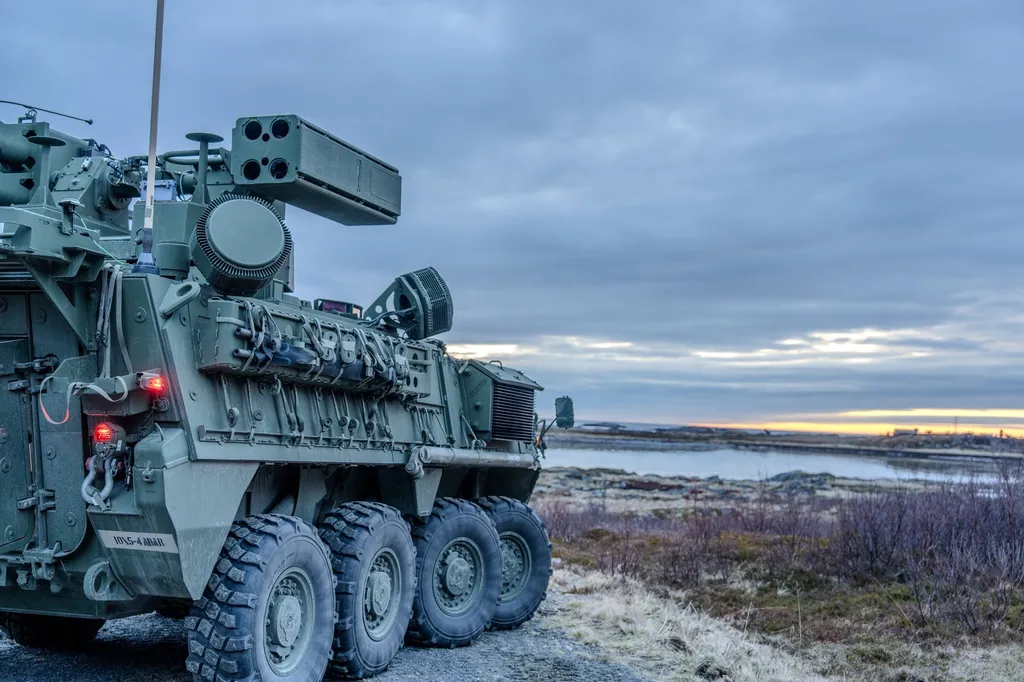RTX has taken a significant step forward in modernising the U.S. Army’s short-range air defence capabilities with the successful live-fire demonstration of its Next Generation Short Range Interceptor (NGSRI). Designed to replace the venerable FIM-92 Stinger missile system, the NGSRI prototype was developed in under two years, incorporating direct feedback from soldiers through virtual reality simulations and live touchpoints. This rapid development cycle underscores RTX’s commitment to delivering cutting-edge technology tailored to the evolving needs of modern warfare.
The NGSRI boasts several key advancements over its predecessor, including greater speed, extended range, and a more sophisticated seeker head capable of identifying smaller targets, such as drones, even in low-visibility conditions. The system’s integration with an electro-optical system enhances targeting precision and detection in both day and night scenarios, ensuring reliability in diverse operational environments.
“We have to provide our soldiers, our warfighters, the capability that delivers every time – not some of the time, not half the time, every time,” said Bill Darne, director of short-range air defence and counter-UAS capabilities at Raytheon. “There was never a time when I didn’t have absolute confidence that our systems were going to work the way they were designed and developed to work.”
A critical component of the NGSRI’s performance is its highly loaded grain solid rocket motor, developed in collaboration with Northrop Grumman. This innovation allows for increased fuel density without enlarging the motor, a challenge that Will Strauss, technology director for the NGSRI programme, highlighted: “The rocket motor itself is a really, really fixed volume, so it is a challenge to get more range out of it. But we are getting a significant amount.”
Soldier feedback has been instrumental in refining the NGSRI’s capabilities. During a virtual demonstration, one Marine expressed relief at the system’s enhanced optical capabilities, stating, “This takes the fear away.” Lindsey Hoffman, NGSRI capture director, noted that this sentiment resonated deeply with the development team, reinforcing the importance of user-centric design.
The new seeker and updated shoulder-mounted command launch assembly offer greater clarity and targeting range, while the system’s backward compatibility with existing fielded launchers ensures seamless integration into current operations. RTX has completed ten subsystem demonstrations, with a full flight test of the integrated missile system scheduled before the end of 2025.
The NGSRI will be available in multiple configurations, including man-portable launchers, vehicle-mounted platforms such as the SGT Stout (formerly M-SHORAD) on the Stryker chassis, and airborne systems like the AH-64 Apache helicopter. Brenda Ortiz, Raytheon’s vice president for short- and medium-range ground-based air defence, emphasised the system’s potential: “The legacy Stinger is still the best portable air defence system in the world, but what we can do with NGSRI is really going to take it to the next level.”
The U.S. Army is expected to choose between RTX and Lockheed Martin, which is developing a competing missile. The winner of the programme stands to secure contracts for up to 10,000 missiles, with the potential for future international sales. RTX’s focus on speed and efficiency in manufacturing, leveraging existing production technologies, automation, and a modular open systems architecture, positions the company to meet rising global demand for advanced air defence solutions.
As the defence sector continues to evolve, the NGSRI represents a pivotal advancement in short-range air defence technology. Its development underscores the importance of collaboration between industry, government, and military personnel in shaping the future of defence capabilities. With the NGSRI, RTX is not only modernising the U.S. Army’s arsenal but also setting a new standard for global air defence systems.

